So you’ve got everything you need to efficiently breed Pokémon and you know exactly what kind of Pokémon you want to create in the end. Great! Except… where do you start!?
Order of Operations¶
Magikarp is a good breeding project for beginners since its eggs hatch super, duper fast.
As a rule of thumb, you want to identify the traits that are the hardest to change afterwards (if not plain impossible), while considering the resources you’ve got.
Thinking back to the traits that define a Pokémon:
-
Nature: This can be manipulated by using an Everstone while breeding. Afterwards, you can effectively alter a Pokémon’s Nature using Mints.
-
IVs: These can be manipulated by using a Destiny Knot while breeding. Later, you can effectively max a Pokémon’s IVs via Hyper Training.
-
Ability: The offspring will inherit the mother’s Ability 60% of the time, with a 40% chance of having one of its regular Abilities. You can swap between regular Abilities with an Ability Capsule, but you cannot swap to or from a Hidden Ability.
-
Moves: Egg Moves can be inherited from both parents, as well as moves that both parents know. You can also make Pokémon share Egg Moves by depositing them in the Nursery for a while.
In summary, Nature and IVs can be fixed afterwards, but you need BP and/or Bottle Caps, which requires farming. The Ability can be changed, but again it requires BP; however, you can only swap between regular Abilities. Lastly, moves are the most lenient.
Step 1: Passing Down Ability¶
We’ll be breeding a Hidden Ability Magikarp so it gets Moxie as a Gyarados.
With that in mind, the first thing you should lock down is the Pokémon’s Ability. Because you cannot give a Pokémon with a normal Ability its Hidden Ability. Nor can you change from a Hidden Ability to a normal one.
Decide whether you want your offspring to have its Hidden Ability or not. If you want the Hidden Ability, you’ll need to catch a parent with the Hidden Ability from a raid (or trade for one). Unfortunately, there’s no easy way to tell if an Ability is “hidden” or not via the game itself.
Otherwise, if you’re happy with the regular Ability, any old parent will do. That said, if the species you’re breeding has two regular Abilities, try to find a parent with the Ability that you want. Because if it doesn’t and you breed it, you have a 60% + 20% = 80% chance of the offspring having this unwanted Ability.
Once you have a parent with the Ability that you want, it’s time to continue to the next step.
Step 2: Passing Down Nature¶
Nature and IVs are in a very similar boat, but passing down the Nature is far easier than IVs. So you should get it out of the way first. Plus if you pass down IVs first and get a perfect IV Pokémon, but decide you wanted a different Nature, there’s no guarantee you’ll get another perfect IV Pokémon in a similar timeframe.
We’re going to assume that you want one specific Nature for your Pokémon, because being indecisive probably isn’t a good idea. If it’s a physical attacker, you’ll probably want Adamant or Jolly for instance. Go for Adamant if you want to prioritise Attack; otherwise Jolly for Speed.
Check your boxes, because you might be surprised! Like us when we found a Jolly Umbreon with Synchronize.
If you are gunning for one Nature, that means you’ve got a 1 in 25 chance of getting it. To get a specific Nature, there are a few things you could try.
-
Check if you have any Pokémon with the Synchronize Ability. If you put one of these Pokémon at the front of your party, all wild Pokémon (not raid ones) will have the same Nature as it. If you’re lucky and have one with the Nature that you want, you’ll have a big advantage!
-
Ideally, try to catch a wild
 Ditto with the Nature that you want. You’ve got a 1/25 chance, unless you have a Pokémon with Synchronize. Ditto can breed with anything, so you can easily re-use it when breeding different Pokémon.
Ditto with the Nature that you want. You’ve got a 1/25 chance, unless you have a Pokémon with Synchronize. Ditto can breed with anything, so you can easily re-use it when breeding different Pokémon. -
If you cannot catch a Ditto, try to catch a parent with the Nature that you want (it doesn’t matter if they’re male or female). Again, you’ve got a 1/25 chance, unless you’ve got a Synchronize Pokémon with the Nature that you want.
-
Failing that, just keep breeding the Pokémon until you hatch one with the correct Nature. However, hatching usually takes longer than catching.
Got a parent with the Nature that you want? Perfect, you’re almost ready to start breeding for real!
Step 3: Passing Down IVs¶
This is the time-consuming part, unless you’re lucky. To speed things up, try to catch high IV Pokémon from raids. Having a high IV Ditto (or multiple) would be a huge time saver; if you can, look out for online Ditto raids. Or try to arrange a trade for one (and a foreign one if possible).
Once you’re ready, grab the parent of the species that you want to breed, with the Ability that you want (this will be the mother, unless you’re breeding a male with a Ditto). Plus the parent who’s going to mate with it.
To keep things simple, we’ll pretend you’ve got middle of the road parents: one with 3 perfect IVs (from a raid) and a Ditto with the Nature that you want (found with Synchronize), but no perfect IVs.
(1 of 2) Our Jolly Ditto (caught with the Jolly Umbreon) is holding the Everstone.
Our Jolly Ditto (caught with the Jolly Umbreon) is holding the Everstone. (left), Our Magikarp with a random Nature is holding the Destiny Knot. (right)
Have the parent with the Nature that you want hold the Everstone to pass down its Nature. Then have the other parent hold the Destiny Knot so the offspring inherits 5 IVs from the parents. Then drop the pair off at the Pokémon Nursery.
From here, hatch a bunch of eggs until you’re happy. A good number might be 5, which is a full party, with the 1st Pokémon being the “caretaker” with Flame Body, Magma Armor or Steam Engine. Just in case you accidentally run into a scary wild Pokémon, give the caretaker a Smoke Ball if you have one, so you can always run.
After hatching those eggs, check the Ability of the offspring, especially if you’re trying to pass down a Hidden Ability. Any offspring that don’t have the Ability that you want, toss them away. It’s harsh, but there’s no room for weaklings.
As for the offspring that remain, check their IVs using the in-game Judge function. In our example, an offspring with 3 perfect IVs would be great. But the chance of that is pretty low, so 1 or 2 perfect IVs would be fine.
This first generation is where you lock things down, so don’t worry if you don’t have many (or any) perfect IVs. What you want is an offspring with the correct Nature and Ability that you want–any perfect IVs are a bonus.
Step 4: Repeat Step 3 with Different Parent(s)¶
Keeping up so far? Because you’ll be doing the same thing, over and over again, until you’re finally content.
(1 of 2) The new Magikarp we’ll be breeding.
The new Magikarp we’ll be breeding. (left), Instead of a Ditto, we’ve got a Zweilous from a raid. (right)
Retrieve the two parents that you left in the Nursery; they can retire now. Then grab the best offspring from Step 3. Let’s say it’s a female with perfect IVs in Defence and Sp. Atk (total of 2). But it could have none and it wouldn’t really matter. Find a Pokémon that it can breed it, with perfect IVs in as many different stats as possible.
If the offspring is female, you’ve got a lot of flexibility, because you can breed it with any male from compatible egg groups or another Ditto. Otherwise, if the offspring is male, Ditto’s your only choice. Let’s pretend you’ve found a suitable male with perfect IVs in HP, Sp. Atk, Sp. Def and Speed (total of 4).
Give the Everstone to the offspring and the Destiny Knot to the new Pokémon, then drop them off at the Nursery. Hopefully you can see where we’re going. Hatch a bunch of eggs, check the Abilities and IVs. What you’re ultimately looking for is an offspring with the right Ability, plus 5 perfect IVs in HP, Defence, Sp. Atk, Sp. Def and Speed.
Because of the randomness of the RNG, this can take a while. At any time, you may swap out one (or both) of the Pokémon in the Nursery with new offspring that have more (unique) perfect IVs than you started with. For instance, if you get a female offspring with perfect HP, Defence and Speed. Doing so will significantly improve your odds.
Once you’ve obtained the best offspring you’re going to get, repeat Step 4 from the beginning if necessary. Basically, breed the best offspring from the newest generation with a compatible Pokémon, in a way that the two Pokémon’s perfect IVs cover as many different stats as possible. Once you’ve got every stat covered, shift your focus on overlapping stats.
Thank you, whoever gave us this Simplified Chinese Duraludon with 5 perfect IVs!
Regardless, the goal is to keep going until you’ve got an offspring with the correct Ability and perfect IVs in HP, Attack OR Sp. Atk, Defence, Sp. Def and Speed. If your Pokémon is a physical attacker, it only needs perfect Attack, not Sp. Atk (and vice versa for a special attacker). Mixed attackers need 6 perfect IVs though.
Be warned: the final stretch is where you really need the stars to align, but hang in there and you should eventually reach the goal! That said, if you’re impatient or think you’ve done enough, you may stop whenever you feel like. Any offspring that still have imperfect IVs can be fixed with Hyper Training, after all.
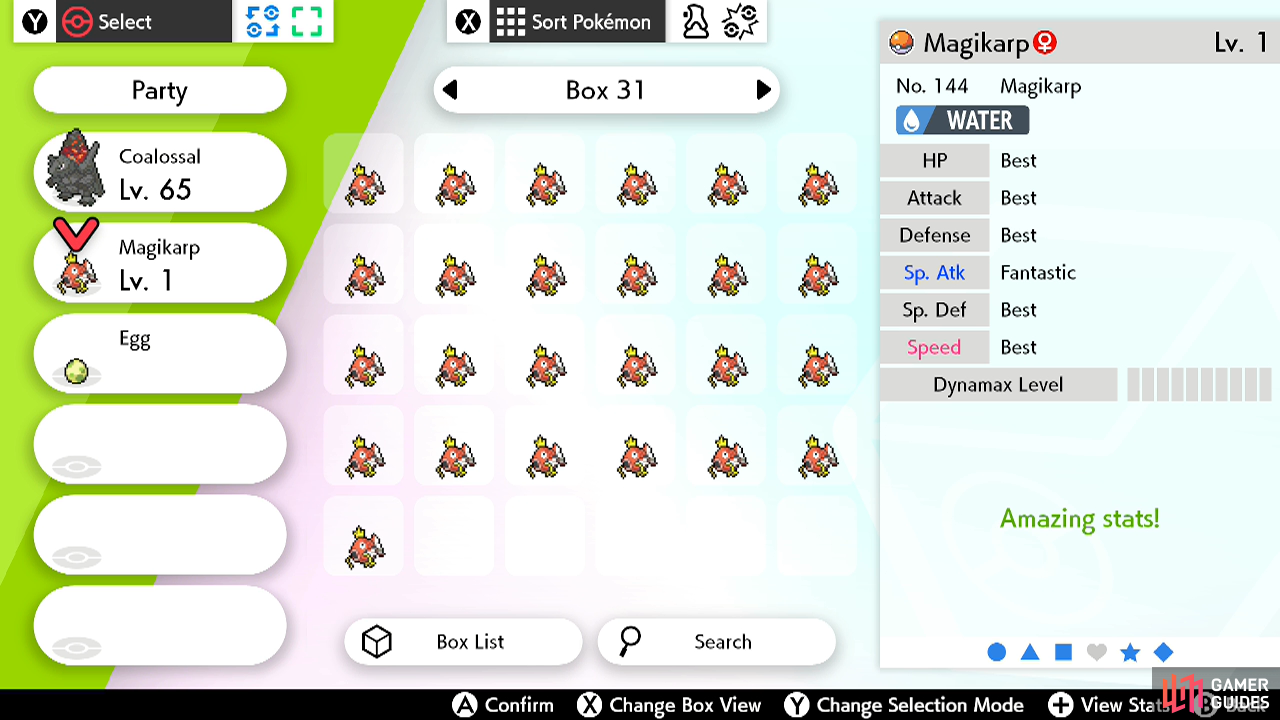
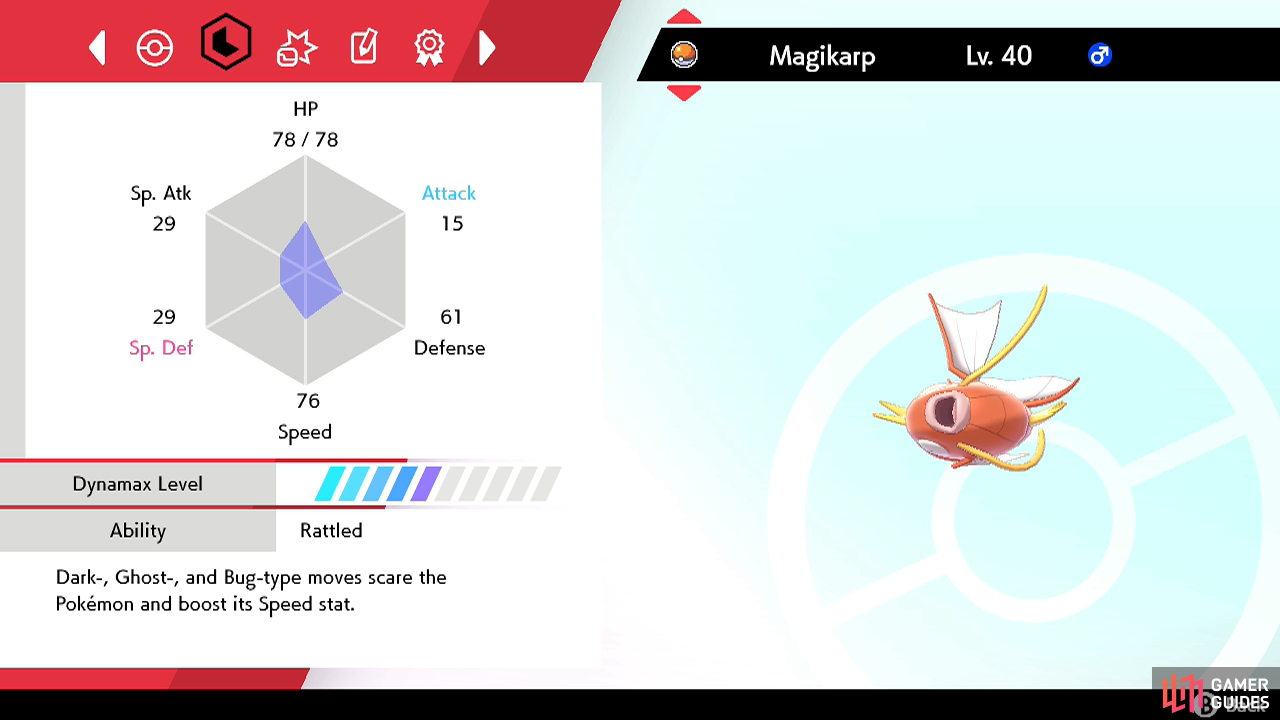
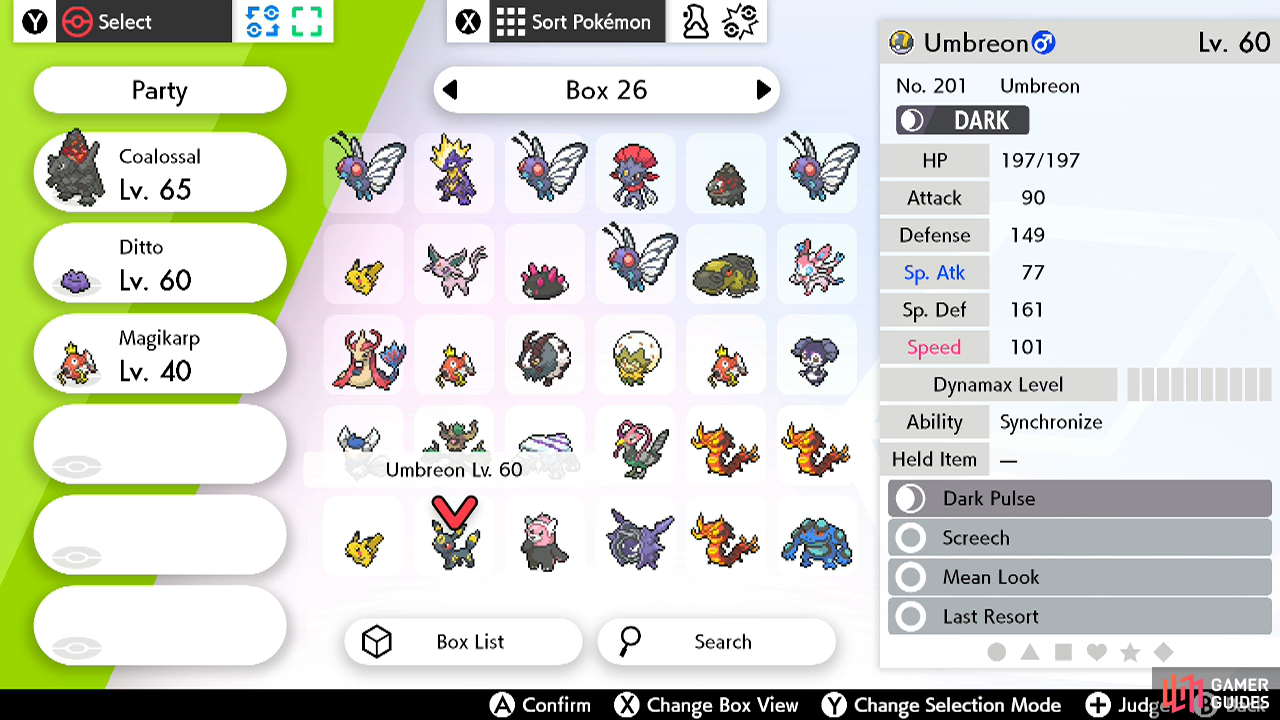
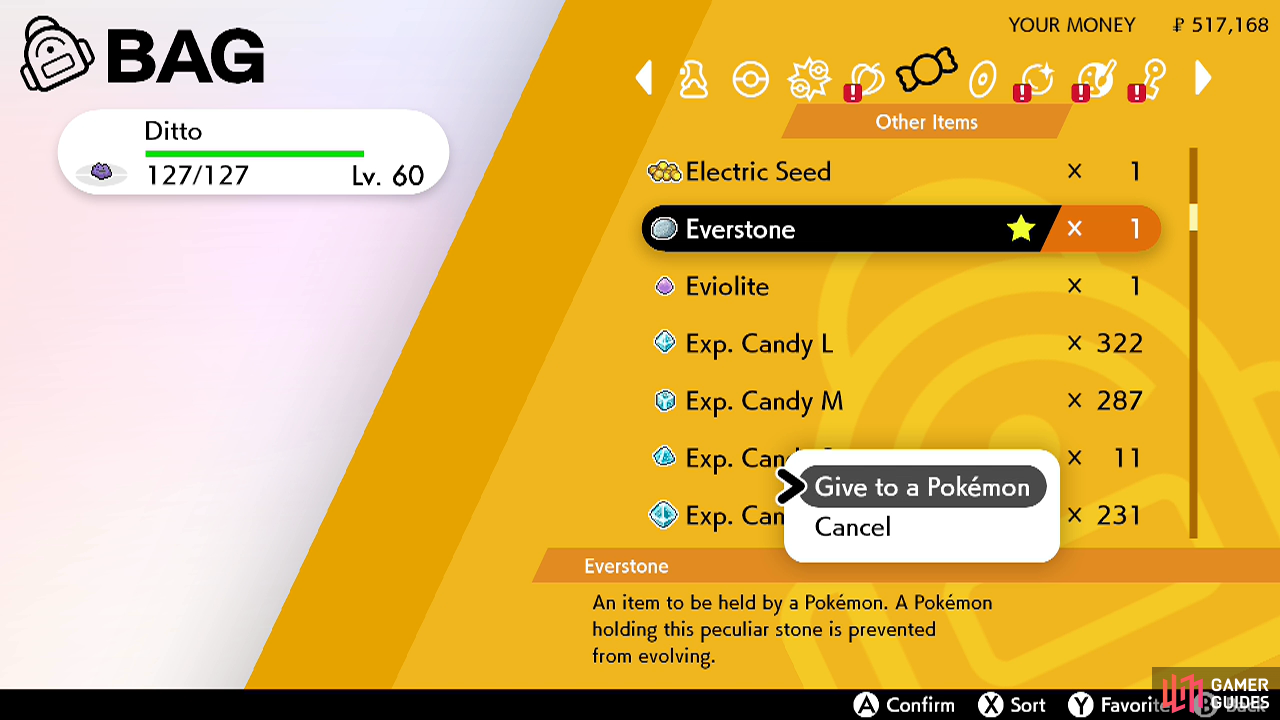
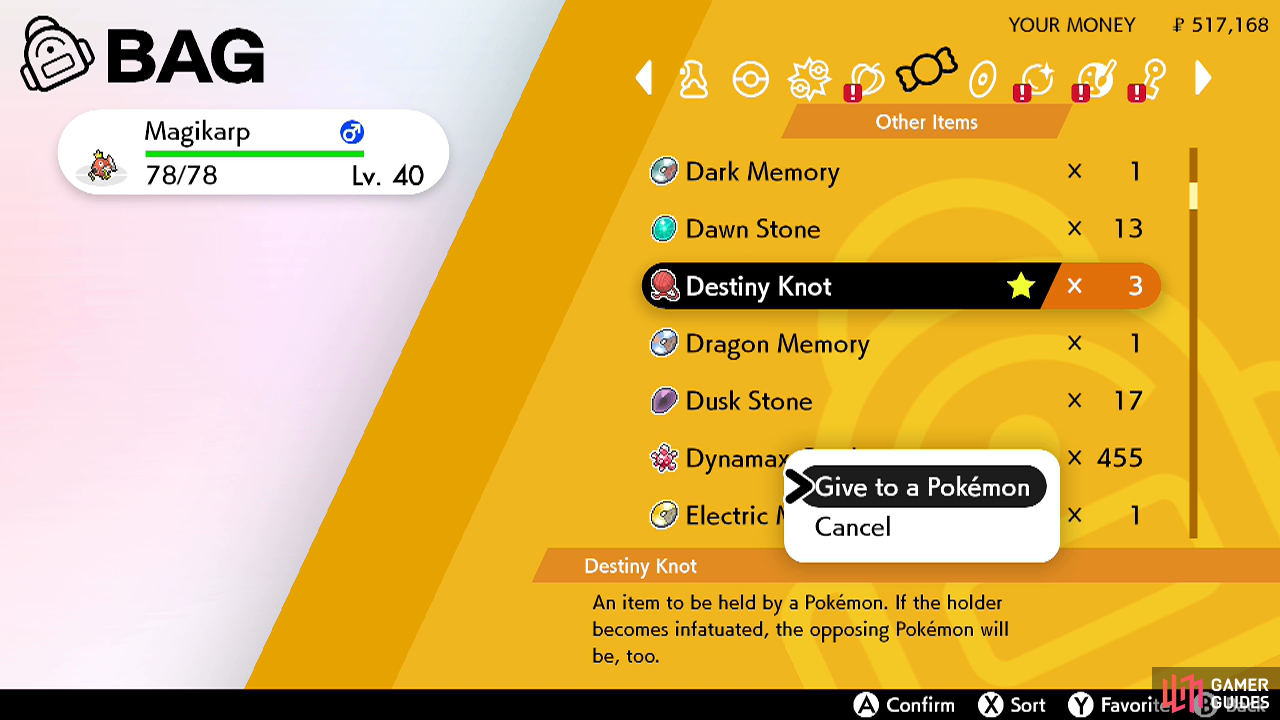
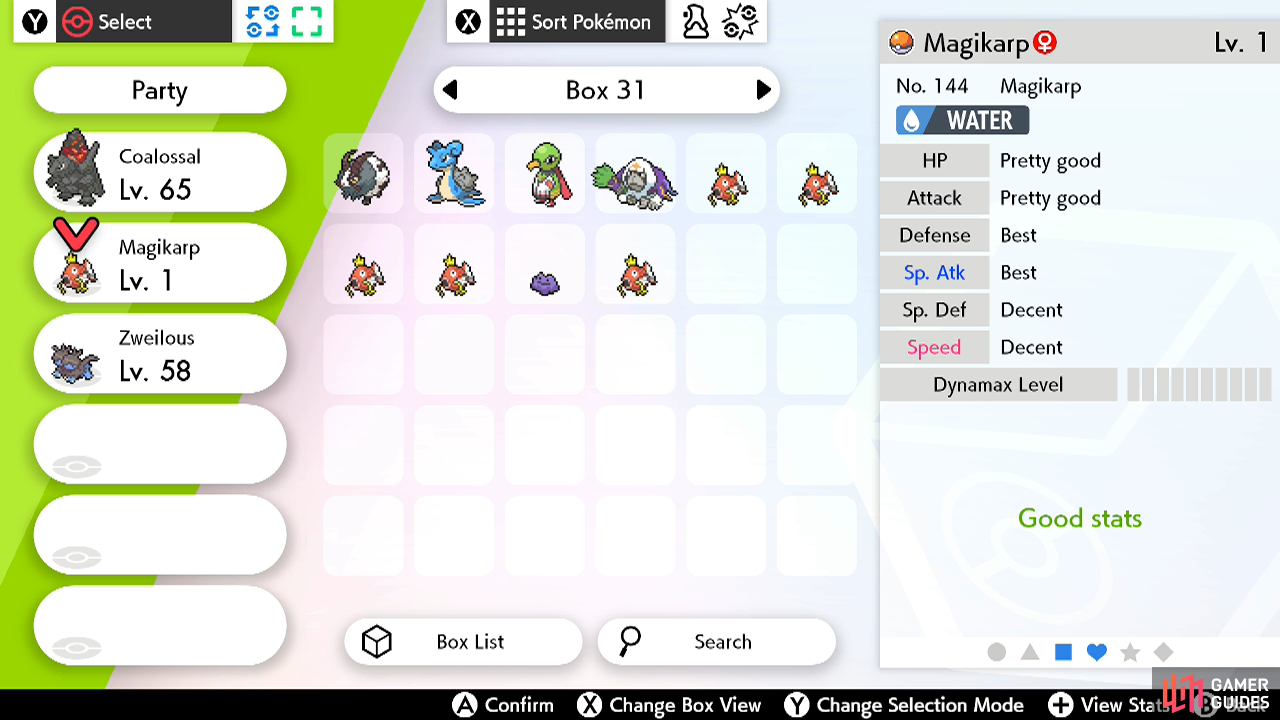

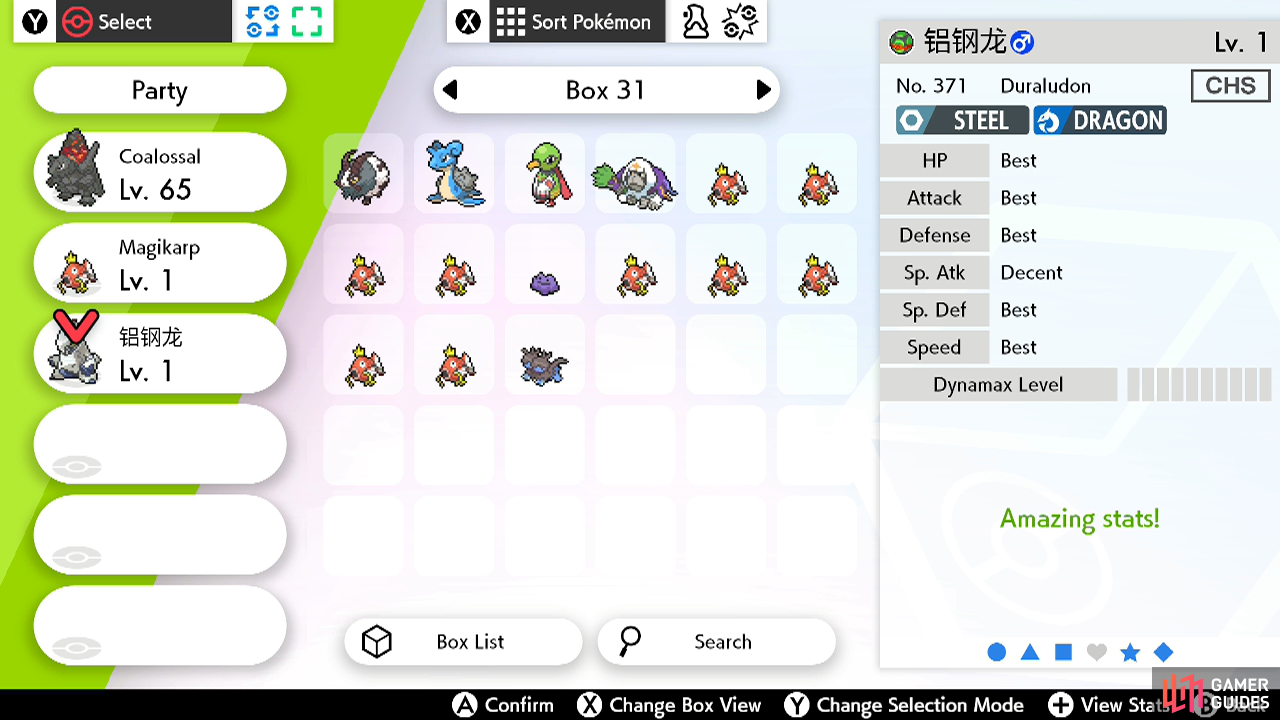

 Sign up
Sign up
No Comments